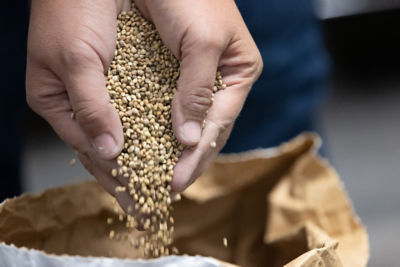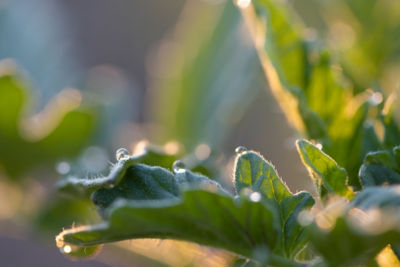Causal Agent
Didymella bryoniae (anamorph: Phoma cucurbitacearum)
Distribution
Worldwide
Symptoms
Didymella bryoniae is a foliar pathogen that can infect all cucurbit species. Young seedlings can quickly damp-off following infection. On older plants, leaf symptoms appear as circular, dark tan to black spots surrounded by a yellow halo. Over time these lesions dry, crack and fall out, which is often called “shot-holing.” Infection at the leaf margin begins as a wilt and progresses toward the center, resulting in leaf blight. Infected stems may develop cankers which produce a characteristic red or brown, gummy exudate. Severely infected stems may be girdled, resulting in vine death. Tiny black fruiting bodies (pycnidia or pseudothecia) may develop within the infected leaf or stem tissue. Fruit symptoms can range from small, water-soaked, oval or circular spots to large necrotic panels. Black fruiting bodies may develop within the lesions. Infection can lead to softening at the blossom end which may be brown or green. When the pedicel is infected, fruit abortion may occur.
 Seedling infection. (Courtesy of Dan Egel)
Seedling infection. (Courtesy of Dan Egel)
Conditions for Development
Open Field: The fungus overwinters on infected cucurbit crop debris and cucurbit volunteers. This pathogen can also be seed-borne. Wounds caused by pruning, insects or field work can be important entry points for the fungus. The disease is most serious in open field production during periods of moderate temperatures and wet weather. The optimum temperature range for infection is 20–25°C (68–77°F).
Protected Culture: Cool night temperatures and high humidity favor disease development. Infection of open flowers can lead to serious fruit quality problems, making fruit unmarketable.
Control
Avoid overhead irrigation. Rotate out of cucurbits for a minimum of three years to non-susceptible hosts in order to break the disease cycle. Control weeds and remove wild cucurbits from potential field locations. Implement a preventative fungicide spray program. Use fungicide-treated seed. In addition to the above measures, soil sterilization and a strict sanitation program for equipment and personnel should be implemented in protected culture.



